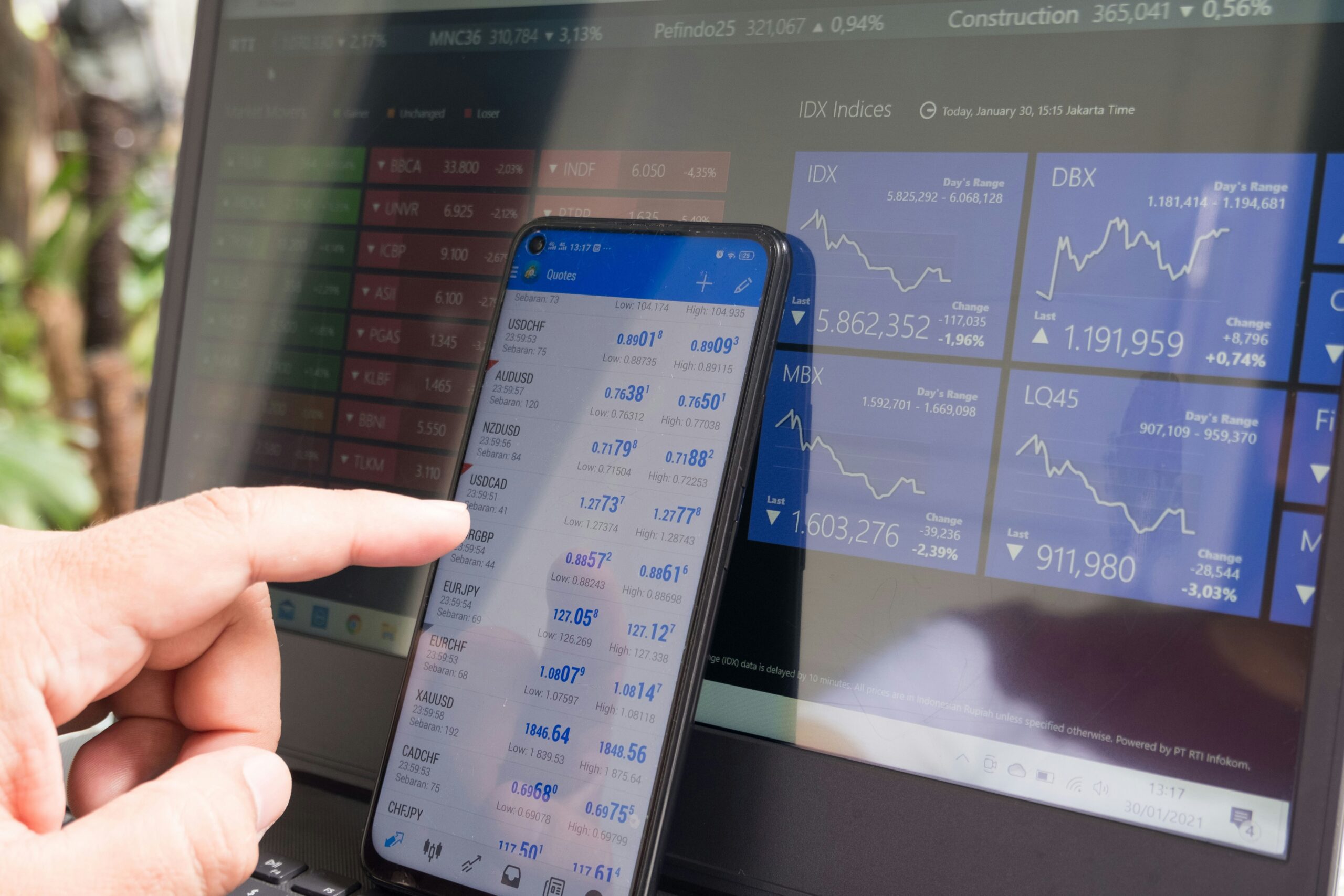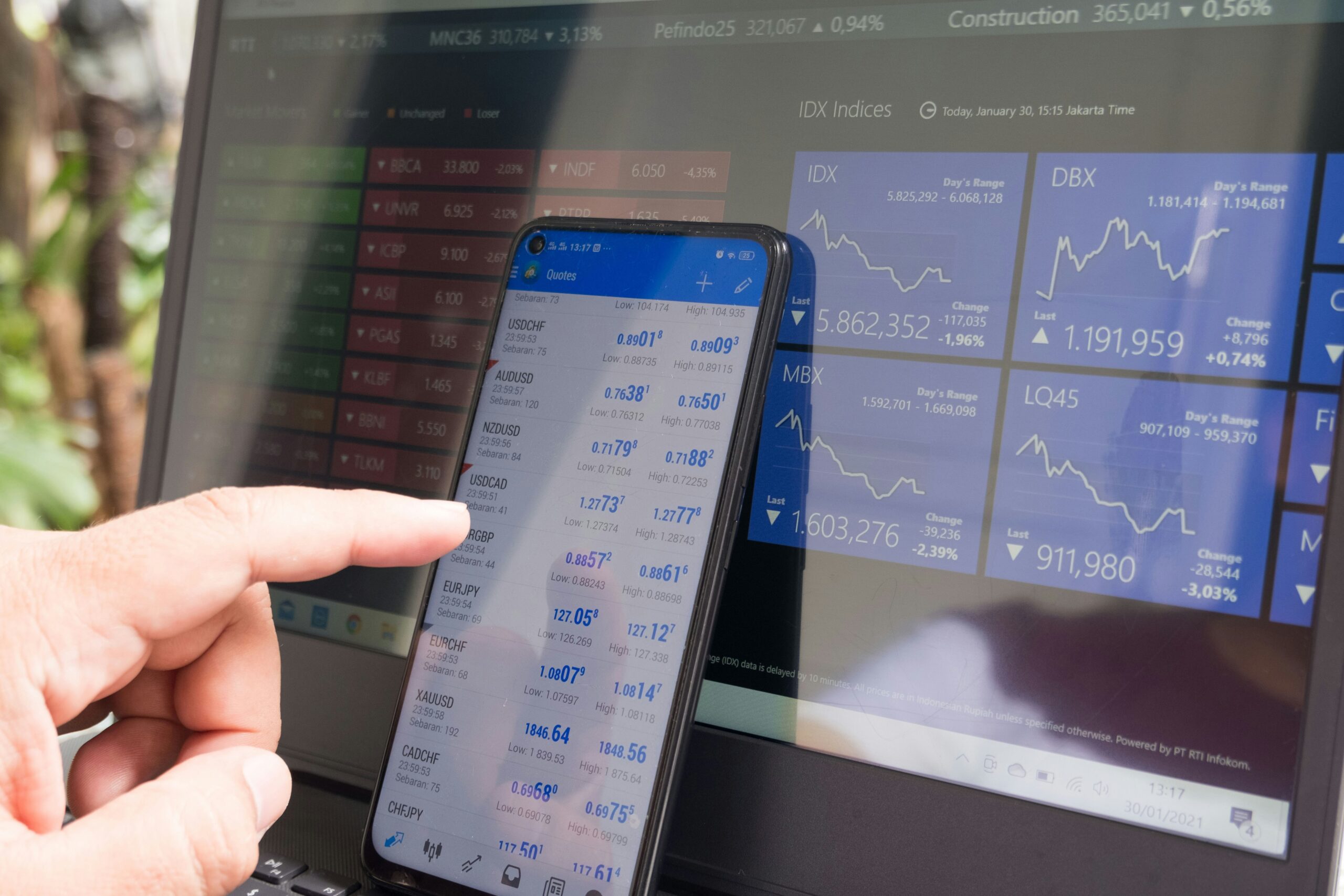
Best Forex Pairs to Trade 2025
Understanding Forex Pairs
Forex pairs are the foundation of forex trading, representing the relative value of one currency against another. In essence, a forex pair consists of two currencies: the first currency is known as the base currency, while the second is the quote currency. The base currency indicates how much of the quote currency is required to purchase one unit of the base currency. For instance, in the EUR/USD pair, the euro (EUR) is the base currency and the US dollar (USD) is the quote currency. If the current exchange rate is 1.20, it means that one euro is equivalent to 1.20 US dollars.
Forex pairs are typically categorized into three main types: major pairs, minor pairs, and exotic pairs. Major pairs are the most traded currencies in the world, featuring prominent currencies such as the USD, EUR, and JPY. These pairs generally have high liquidity and narrow spreads, making them attractive for trading. Examples of major pairs include EUR/USD, USD/JPY, and GBP/USD.
Minor pairs, on the other hand, consist of currency pairs that do not include the USD but still involve notable currencies. While they may not be as liquid as major pairs, they offer opportunities for trading as well. Examples of minor pairs are EUR/GBP and AUD/NZD. Lastly, exotic pairs involve a major currency paired with a currency from a developing economy. Due to lower trading volumes, these pairs typically experience wider spreads and higher volatility. An example of an exotic pair is USD/TRY (US dollar to Turkish lira).
Understanding forex pairs is crucial for success in trading forex. Knowledge of the structure and types of pairs helps traders forecast potential price movements and analyze market trends effectively. By mastering the dynamics of these currency pairs, traders can develop informed strategies that enhance their trading performance.
Liquidity in Forex Trading
Liquidity is a fundamental concept when engaging in trading forex, as it directly influences the efficiency of market operations. In the context of forex, liquidity refers to the ease with which a currency pair can be bought or sold in the market without significantly affecting its price. High liquidity means that there is a substantial volume of trading activity for a particular pair, resulting in tight spreads and quicker order execution. This is particularly crucial for traders who rely on precise entry and exit points to maximize their profits.
When selecting the best forex pairs to trade, liquidity should be one of the key parameters to consider. Major currency pairs, such as EUR/USD, USD/JPY, and GBP/USD, are typically associated with high liquidity. This is due to the extensive trading volumes they attract daily, underpinned by global economic activities. High liquidity is advantageous for traders for several reasons; it reduces the cost of trading as the spreads are generally narrower, hence allowing for more economically viable trading strategies. Furthermore, traders can enter or exit positions swiftly without generating significant price movement, thus maintaining the integrity of their trades.
The benefits of high liquidity extend beyond favorable spreads and execution speeds; they also contribute to overall market stability. Highly liquid forex pairs experience less volatility, providing a safer trading environment for participants. For traders, especially those utilizing strategies that depend on technical analysis and real-time market feedback, these conditions are ideal. In conclusion, understanding liquidity and its implications is essential for traders aiming to select the most beneficial forex pairs to trade in a dynamic market landscape.
Popularity of Forex Pairs
In the world of trading Forex, certain currency pairs consistently attract the attention of traders due to their liquidity, volatility, and potential for profit. The most popular currency pairs are often referred to as “major pairs,” which are mainly composed of the US dollar alongside other strong currencies. For 2025, the best forex pairs to trade are expected to include the EUR/USD, USD/JPY, and GBP/USD. These pairs not only demonstrate high trading volumes but also display stable trends that traders can capitalize on.
The EUR/USD pair, for instance, is the most traded currency pair globally, accounting for significant portions of the Forex market. Its popularity stems from a combination of factors, including the economic performance of the Eurozone and the United States, as well as prevailing geopolitical conditions that influence investor sentiment. Similarly, the USD/JPY pair benefits from Japan’s strong economic indicators and the US dollar’s status as a safe-haven currency during uncertain times.
Another factor affecting the popularity of certain pairs is the influence of economic indicators. Data releases, such as inflation rates and employment figures, can sway trader decisions, ultimately impacting the attractiveness of specific currency pairs. Geopolitical events also play a critical role; elections, natural disasters, and trade negotiations can cause volatility that arouses the interest of traders eager for short-term gains.
Trader sentiment is a psychological aspect that often dictates the forex market’s direction. As traders react to news and market analysis, certain pairs can gain momentum, shifting their popularity within the trading community. Consequently, understanding the reasons behind the popularity of these currency pairs helps traders make informed decisions when planning their trading strategies in Forex markets.
Differences Between Major and Minor Pairs
Understanding the distinctions between major and minor forex pairs is crucial for any trader aiming to navigate the complexities of the foreign exchange market effectively. Major forex pairs are typically defined as those that include the US dollar, such as EUR/USD, GBP/USD, and USD/JPY. These pairs are known for their high liquidity, lower spreads, and significant market participation. The characteristics of major pairs often result in relatively stable price movements, allowing for predictable trading conditions. Traders may find that these pairs are less volatile, making them suitable for those who prefer a more conservative approach in trading forex.
On the other hand, minor pairs consist of currency combinations that do not include the US dollar, such as EUR/GBP or AUD/NZD. While these pairs can offer opportunities for significant profits due to their unique market behavior, they often come with higher volatility and wider spreads. This increased volatility may appeal to more experienced traders who are looking for potential high-reward scenarios. However, it’s essential to note that trading minor pairs requires a solid understanding of the underlying economic factors influencing these currencies, as they may react differently to global market events compared to major pairs.
Choosing between major and minor forex pairs largely depends on a trader’s individual trading style and risk tolerance. For those who prioritize stability and predictability, major pairs are likely the best forex pairs to trade. Conversely, traders seeking to capitalize on price fluctuations and willing to accept higher risks may find minor pairs more appealing. As we look ahead to 2025, understanding the characteristics of these pairs will aid traders in making informed decisions tailored to their financial objectives.


















